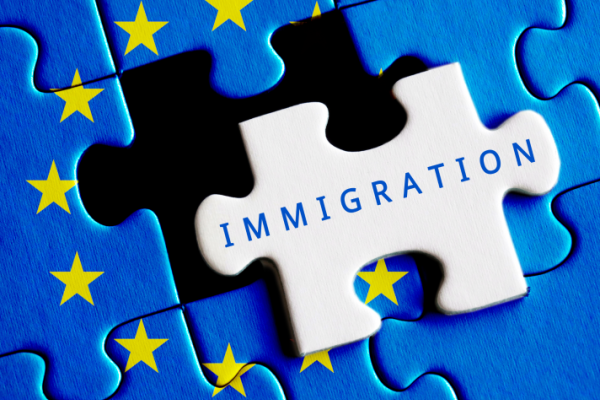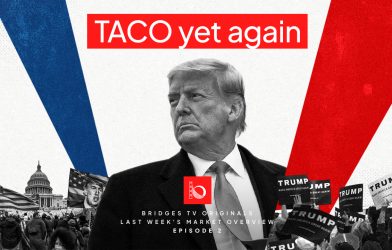Every year, millions of people move in search of better opportunities. Some migrate for work, others for safety or education, and many because their skills are in demand elsewhere. Immigration has always been part of human progress, but today it has become one of the most debated topics in economics and politics. The key question is simple: does immigration help or hurt economic development? The answer, as most economists agree, is that it does both, depending on how it is managed.
How Immigration Supports Growth
Immigration can be a major driver of economic development. When workers move from one country to another, they help fill labor shortages and boost production. In aging societies like those in Europe and Japan, immigrants often sustain industries that would otherwise struggle to find employees. Sectors such as healthcare, construction, and technology rely heavily on foreign labor.
Beyond filling jobs, immigration also stimulates innovation and entrepreneurship. Many of the world’s most successful companies were founded by immigrants or their children. The mix of cultures, languages, and ideas tends to make economies more dynamic and creative. Economists often call this the “diversity dividend” — the idea that new perspectives can raise productivity and foster new business models.
Finally, immigration can strengthen public finances. When migrants work, they pay taxes and contribute to pensions, helping balance aging populations. Several studies from the OECD and IMF show that in most advanced economies, immigrants contribute more in taxes than they receive in benefits over time. This helps sustain growth and social systems that depend on an active workforce.

The Challenges and Concerns
Still, immigration is not without complications. The short-term effects can create tension, especially when inflows are rapid or poorly managed. In some regions, sudden population increases strain housing, education, and healthcare systems. Rising rents in big cities, for example, often raise debate over whether immigration adds pressure to an already limited housing supply.
There are also concerns about wage competition in certain sectors. Low-skilled workers may feel their jobs are at risk when new arrivals accept lower wages. Economists generally find that the overall impact on wages is small, but the effects are not evenly distributed. Some local workers can face downward pressure, especially if they compete directly with immigrants in similar roles.
Social and cultural integration is another challenge. Successful immigration policy requires not only economic planning but also investment in language education, training, and community cohesion. When integration fails, frustration can rise on both sides, feeding political polarization and public resistance.
A Matter of Management
The difference between success and failure in immigration often comes down to policy design. Countries that combine openness with structure, such as Canada or Australia, tend to see positive results. They match labor-market needs with migration programs, ensure fair working conditions, and support integration through education and housing.
By contrast, unmanaged or sudden migration waves can create economic and social stress, particularly if the receiving economy lacks the capacity to absorb new workers. It is not immigration itself that hurts development, but the absence of preparation and planning.
A Two-Way Flow
It is also important to remember that migration affects both sending and receiving countries. For the sending country, emigration can mean a “brain drain” if skilled workers leave. Yet it can also bring benefits through remittances, which are financial transfers migrants send home. In many developing economies, remittances now exceed foreign aid, helping families invest in education, housing, and small businesses. Migration, in this sense, redistributes opportunity on a global scale.
Looking Ahead
As climate change, technology, and demography continue to reshape the world, migration will remain a constant part of economic development. The question is not whether it will happen, but how societies will manage it.
When well-governed, immigration brings energy, diversity, and innovation to the economy. When neglected, it can strain services and divide communities. The challenge for policymakers is to find balance and to see movement not as a threat, but as a resource that, if managed wisely, can make economies stronger and more resilient in the years ahead.








